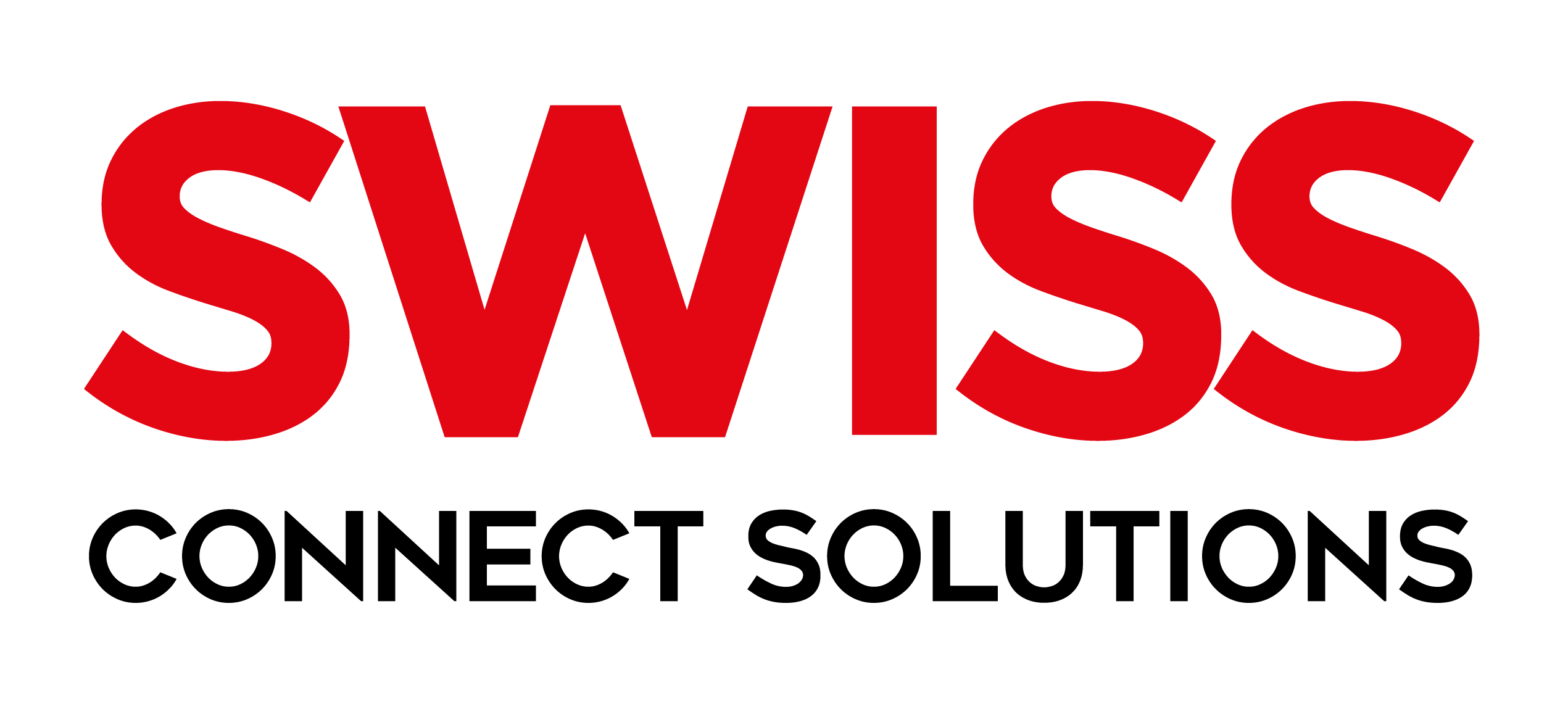In today’s fast-paced business world, organizations are constantly looking for ways to operate more efficiently, reduce costs, and improve employee experience. One powerful solution that has emerged in human resources management is HR Shared Services. But what exactly does this term mean, and why are so many companies adopting this model?
Understanding HR Shared Services
HR Shared Services refers to a centralized approach to delivering human resources support across an organization. Instead of each department or location managing its own HR tasks, a shared services model consolidates common HR functions into a single, centralized team or platform that serves the entire organization.
Think of it as a “one-stop shop” for employees and managers to access HR services—whether it’s payroll processing, benefits administration, onboarding, or handling employee inquiries.
Key Functions of HR Shared Services
Typical services provided in a shared services model include:
- Payroll and Compensation Administration
- Employee Records and Data Management
- Benefits Enrollment and Administration
- Recruitment and Onboarding Support
- HR Policy Guidance
- Help Desk for HR Inquiries
- Training and Development Coordination
- Leave and Attendance Management
These services are often delivered through a combination of technology (like HR portals or self-service systems) and a centralized HR support team.
Benefits of HR Shared Services
Implementing an HR Shared Services model can offer several advantages:
1. Cost Efficiency
By centralizing HR operations, organizations reduce duplication of efforts, streamline processes, and lower administrative costs.
2. Consistency and Standardization
A shared services model promotes uniform HR policies and procedures across all business units, ensuring compliance and consistency.
3. Improved Service Delivery
Employees benefit from faster response times and more accurate information, thanks to dedicated service teams and digital self-service tools.
4. Scalability
As companies grow, a shared services model allows HR operations to scale more easily without significantly increasing headcount.
5. Better Use of HR Expertise
By offloading administrative tasks to shared services, HR business partners and specialists can focus more on strategic initiatives like talent development and workforce planning.
Challenges to Consider
While the benefits are substantial, transitioning to HR Shared Services also comes with challenges:
- Change Management: Shifting to a new service delivery model can be disruptive if not managed properly.
- Technology Investment: Implementing the right tools and systems requires upfront investment and training.
- Maintaining a Human Touch: Centralization can sometimes make HR feel impersonal, so maintaining a balance between efficiency and employee connection is key.
Is HR Shared Services Right for Your Organization?
If your business is growing, has multiple locations, or is looking to optimize HR operations, shared services might be a smart move. However, success depends on careful planning, clear communication, and a strong focus on the employee experience.
Final Thoughts
HR Shared Services is more than just an operational tweak—it’s a strategic transformation in how HR supports the business. By centralizing routine functions and leveraging technology, organizations can create a more agile, efficient, and employee-centric HR environment.
Have you implemented HR Shared Services in your organization? Share your experience in the comments below!



